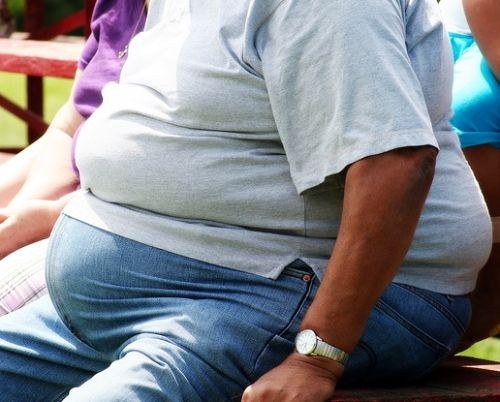Apple-Shaped People Have Greater Chance Of Developing Kidney Disease Than Pears

The difference between an apple and pear shaped person is apparently not all about the distribution of body fat. It also translates to certain individuals at higher risk of developing kidney disease later on in life — specifically those with more fat in the belly region, a new study shows.
Researchers found that apple-shaped people ar at higher risk because their kidneys were underperforming. They had less blood flow to their kidneys and higher blood pressure compared to pear-shaped individuals, who carry their fat in the buttocks, hips and thighs. The findings appear in the April 11 edition of Journal of the American Society of Nephrology.
"When they are also overweight or obese, this is even worse," said Arjan Kwakernaak, co-author and doctoral candidate at the University Medical Center Groningen in the Netherlands, in a press release.
"That is clinically significant, and argues strongly for patients to achieve and maintain a normal waist-to-hip ratio in order to lower their chances of kidney disease," Deidra Crews, assistant professor at Johns Hopkins University School of Medicine, told HealthDay.
The study gathered 315 men and women from the Netherlands who were determined to lead a "healthy lifestyle." Each person was measured according to the distribution of their body fat and their blood flow through the kidneys. Their average body mass index, BMI, was 24.9. The apple-shaped individuals, over time, experienced reduced minute-to-minute blood flow through the kidney's glomeruli, or small filters.
While the mysteries behind the curvaceous body or smaller rear ends remain unsolved, there are ways to better your health if you follow the right exercise and nutritional regimen. Among the changes researchers advise are reducing salt intake or taking medication to reduce blood pressure in kidneys. Drugs that block the renin-angiotensis-aldosterone system have also been proven beneficial for hypertension.
"Our current data suggest that such interventions could be particularly useful in subjects with a central body fat distribution," Kwakernaak said. The researchers are not aware at what age the person would likely develop the disease, but it supports past findings that storing fat around the liver increased heart diease and diabetes, both of which are associated with kidney disease.
According to the World Health Organization, abdominal obesity can be determined using a waist-to-hip ratio calculation: over 0.85 in women and over 0.9 in men. A BMI of 30.0 or more is considered obese.
If you're an apple shape looking to reduce your belly fat, Geralyn Coopersmith, an exercise physiologist and national director of the Equinox Fitness Training Institute, advised several ways how on Doctor Oz:
- Cardiovascular training: rhythmic, repetitive and even low-impact workout for 20 minutes
- Interval training: alternating workouts with moderate to high intensity for 30 minutes, including swimming, walking, stair-stepping or biking — these are even more effective than cardio,
- Avoid sit-ups and crunches, also called spot reduction workouts that could do more harm than good and lead to lower-back pain.



























